KLM, Virgin Atlantic, easyJet and Ryanair no longer allow passengers to bring coffee on their planes. Supposedly the reason isn’t so that you’ll buy a drink from them onboard. (In contrast, Ryanair wants airports to limit alcohol served to passengers – while continuing to sell alcohol onboard.)

Supposedly this is because “passengers keep on spilling scalding hot coffee on themselves and their seatmates” and because “[s]ome passengers will try to sneak to-go alcohol in coffee cups.” Except
- there are very few actual injuries from spilling hot beverages on passengers during taxi and takeoff, and passengers can bring their own alcohol in cups with or disguised as other beverages.
- spills are most likely when coffee cups are out on tray tables, but those are generally up early in flight when spills are greatest risk and coffee still hot.
- Plus, if injuries were an issue why not just require the beverages to have lids (which they usually do in any case)?
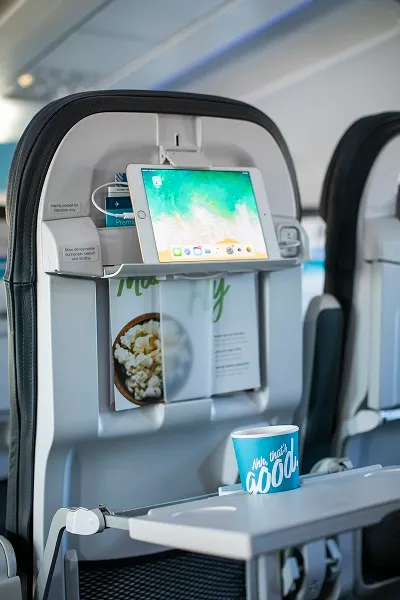
The approach to banning passengers from bringing their own coffee – while the airline will serve coffee to passengers – brings to mind several other policies that seem strange, and strangely inconsistent, where we have to go looking beyond the obvious for the real explanations for why these rules are in place.
No Hot Liquids Served While The Seatbelt Sign Is On
Asian carriers frequently treat the seatbelt sign as an automatic “all service stops, crew seated, carts locked, no hot liquids” trigger. U.S. carriers treat the same light primarily as a passenger-movement warning; cabin service continues unless the cockpit issues an explicit “flight attendants be seated” call.
This can be annoying to passengers on airlines like Cathay Pacific – at the end of a long overnight flight they want a tea or coffee, but the seatbelt sign just stays on interminably. Several regulators in Asia require or strongly encourage crew to be seated and carts secured once the sign is on.
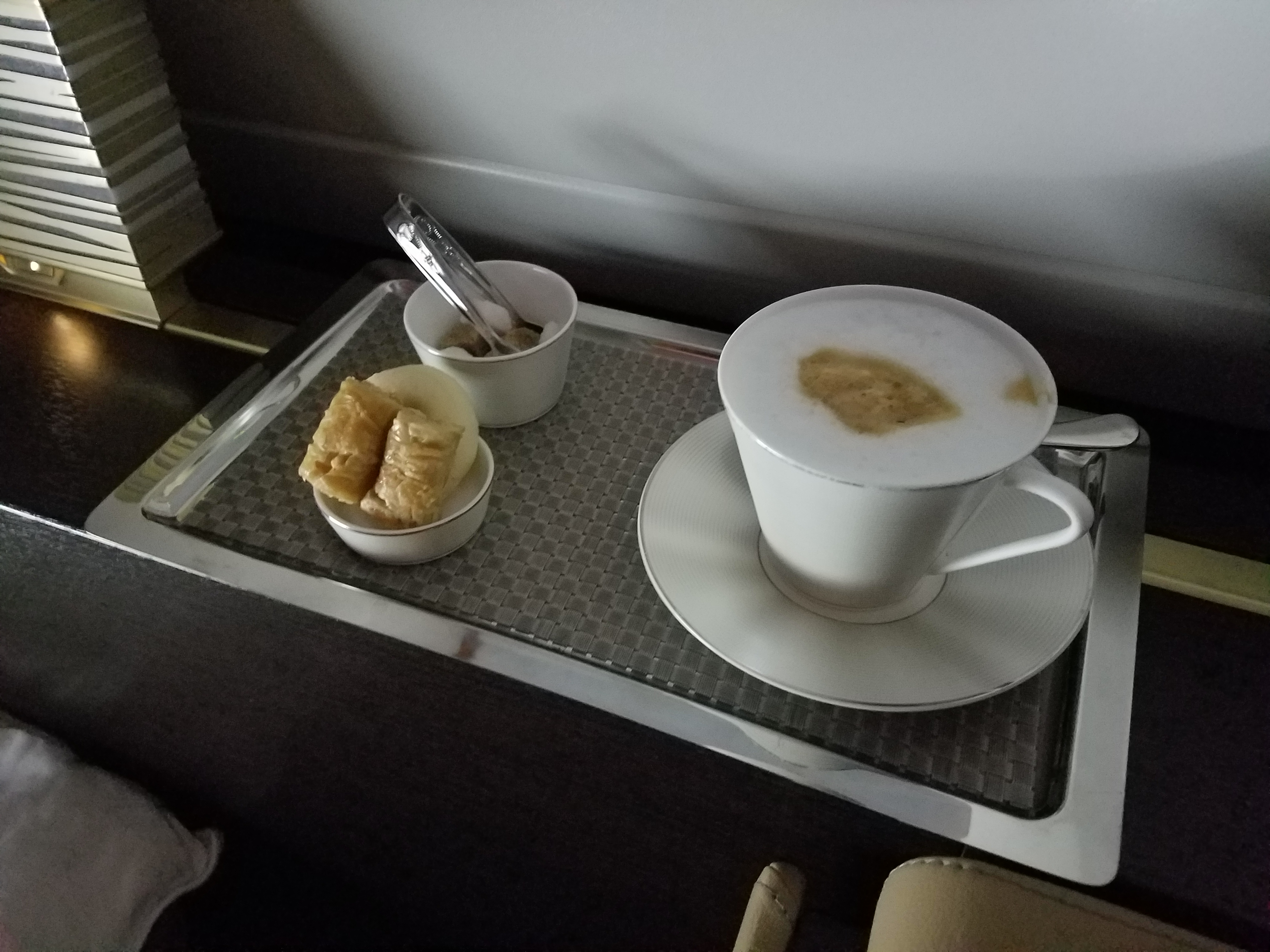
Long haul Asian flights regularly cross the Bay of Bengal, South-China Sea, or Intertropical Convergence Zone which have an elevated baseline risk of a sudden jolt turbulence. Even so, Asian carriers react to this fact differently than U.S. airlines.
- Liability Most Asian jurisdictions impose strict liability for crew-caused scald injuries; expensive lifetime medical payouts are common. Insurers therefore press carriers to adopt the most conservative standard.
- Culture Asian carriers tend to follow the written book literally; the seat-belt light is taken as a hard stop for both passengers and crew. Customers are used to a more hierarchical service model, so pausing service is less controversial than on U.S. flights.
U.S. rules focus on ground, take-off, landing. 14 CFR 121.577 only mandates stowage of hot items for those phases; there is no rule linking in-flight hot-beverage service to the seat belt sign. U.S. pilots keep the light on for long stretches (partly to limit passenger movement or simply forget to turn it off), yet flight attendants are still allowed to work.
In the U.S. the seat belt sign is treated as sufficient warning to the passenger – once it’s on, courts tend to place responsibility on the scalded passenger who unbuckled. That reduces the carrier’s need for a blanket hot drink ban.
Notably, the U.S. approach seems to be fine – fhe FAA’s Cabin Safety Incident Database shows very few reports each year of hot liquid burns in any phase of flight and none involving an evacuation.
You Can Bring Your Own Drinks Onboard, But Drinks An Airline Serves You Must Be Collected For Takeoff
If you get a predeparture beverage in business or first class on an airplane, flight attendants have to collect it prior to departure. But you’re allowed to keep any beverages you’ve brought onboard yourself! That’s true whether you’re served a drink in glassware or a plastic cup.
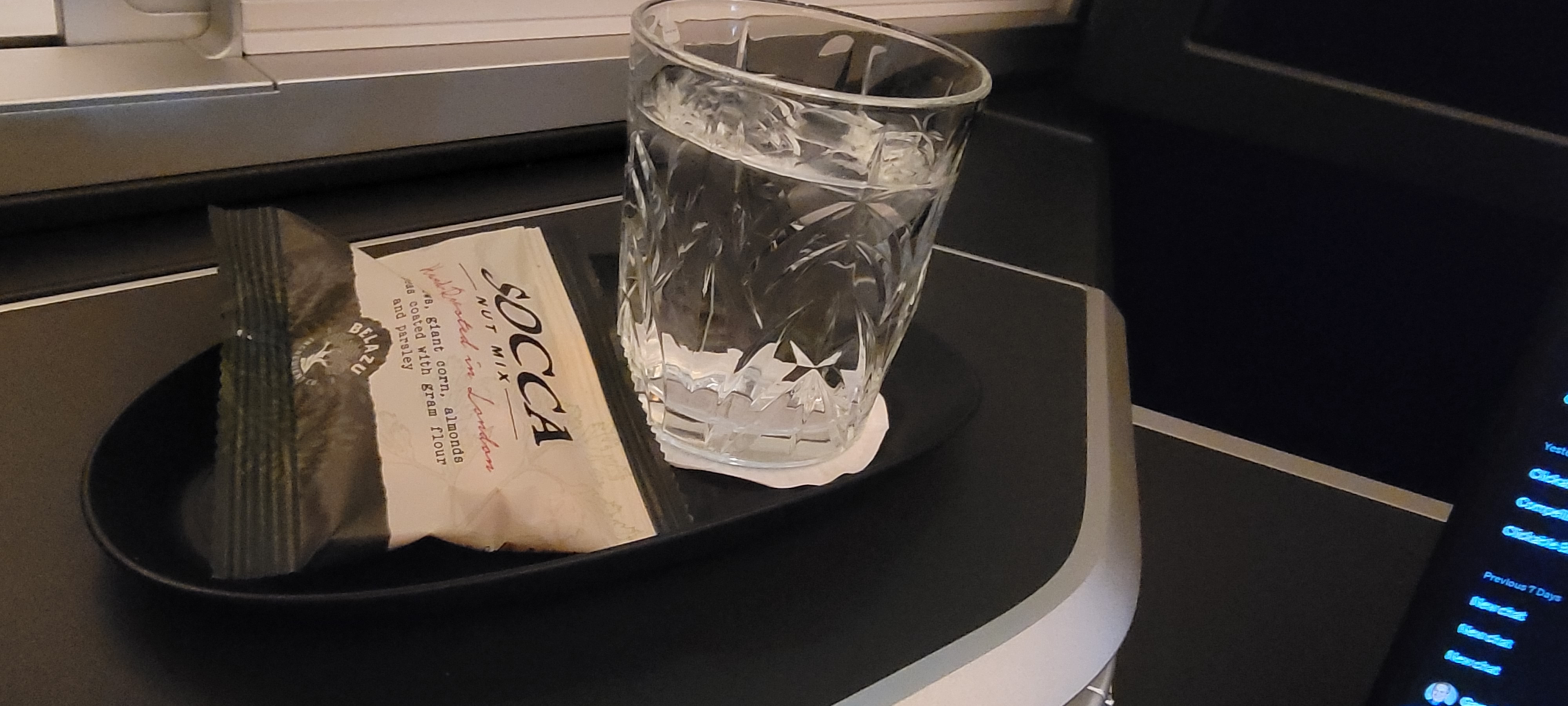
14 CFR § 121.577(a) forbids an air carrier from taxiing, taking off, or landing “when any food, beverage, or tableware furnished by the certificate holder is located at any passenger seat.” In contrast, anything a traveler brings on board is treated as carry-on baggage and must simply be “properly stowed” under § 121.589.
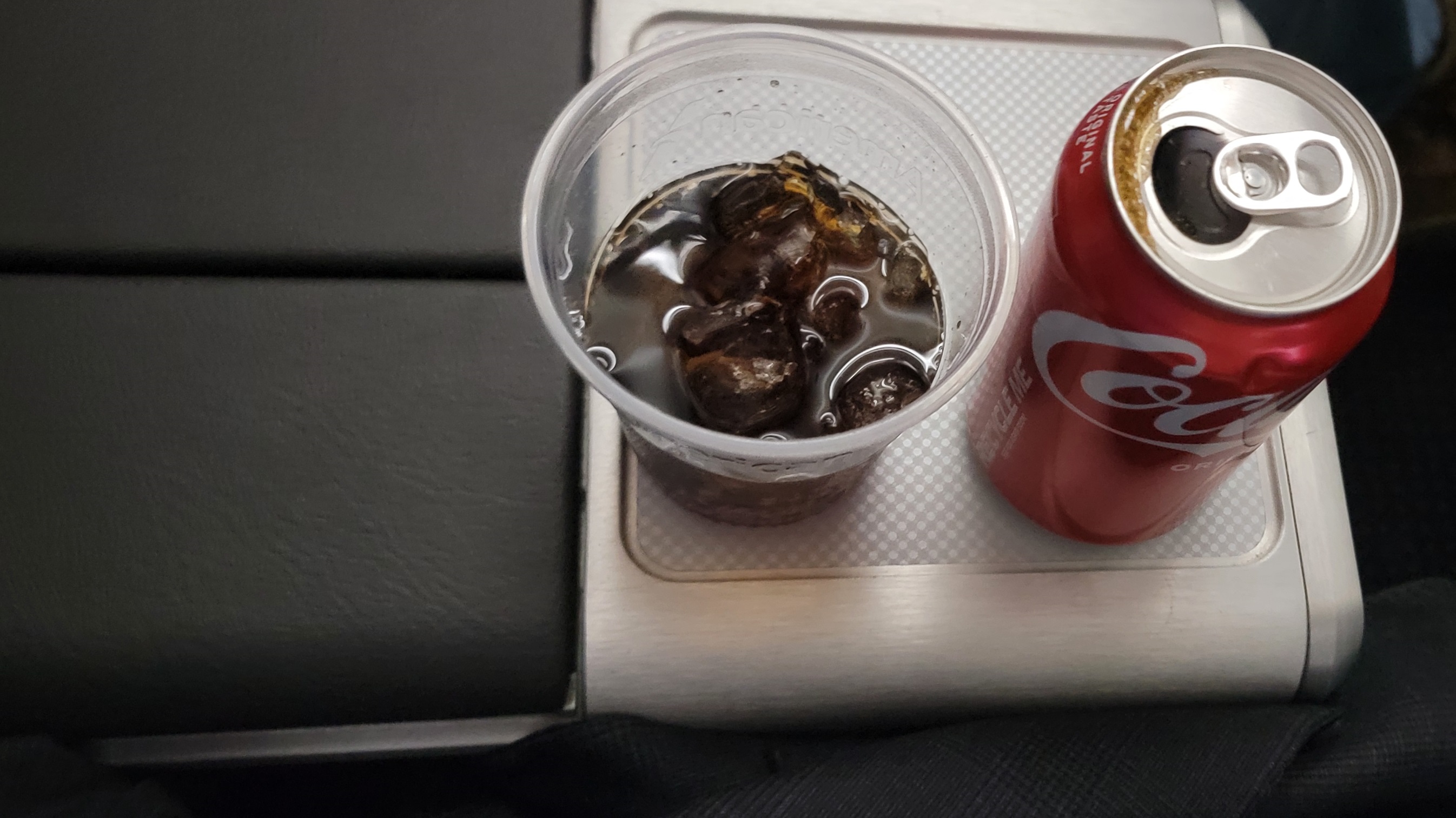
But that only tells us what the rule is, and why these are treated differently – but not why these rules exist in the first place.
- Legal distinction. Because the airline produced the hazard (it handed you the drink), the rule forces the airline to remove that hazard before the high-energy take-off phase.
- Practical difference. If we’re looking for a sensible reason to actually treat these differently, a pre-departure drink is almost always an open cup with no lid. In an aborted take-off or sudden stop it can launch, scald, and leave a slippery film on the aisle—impeding an evacuation.
In contrast, a coffee from the terminal normally has a lid and is already the passenger’s responsibility. The risk is judged equivalent to any other small personal item once it is stowed in a seat-back pocket, under the seat, or held securely.
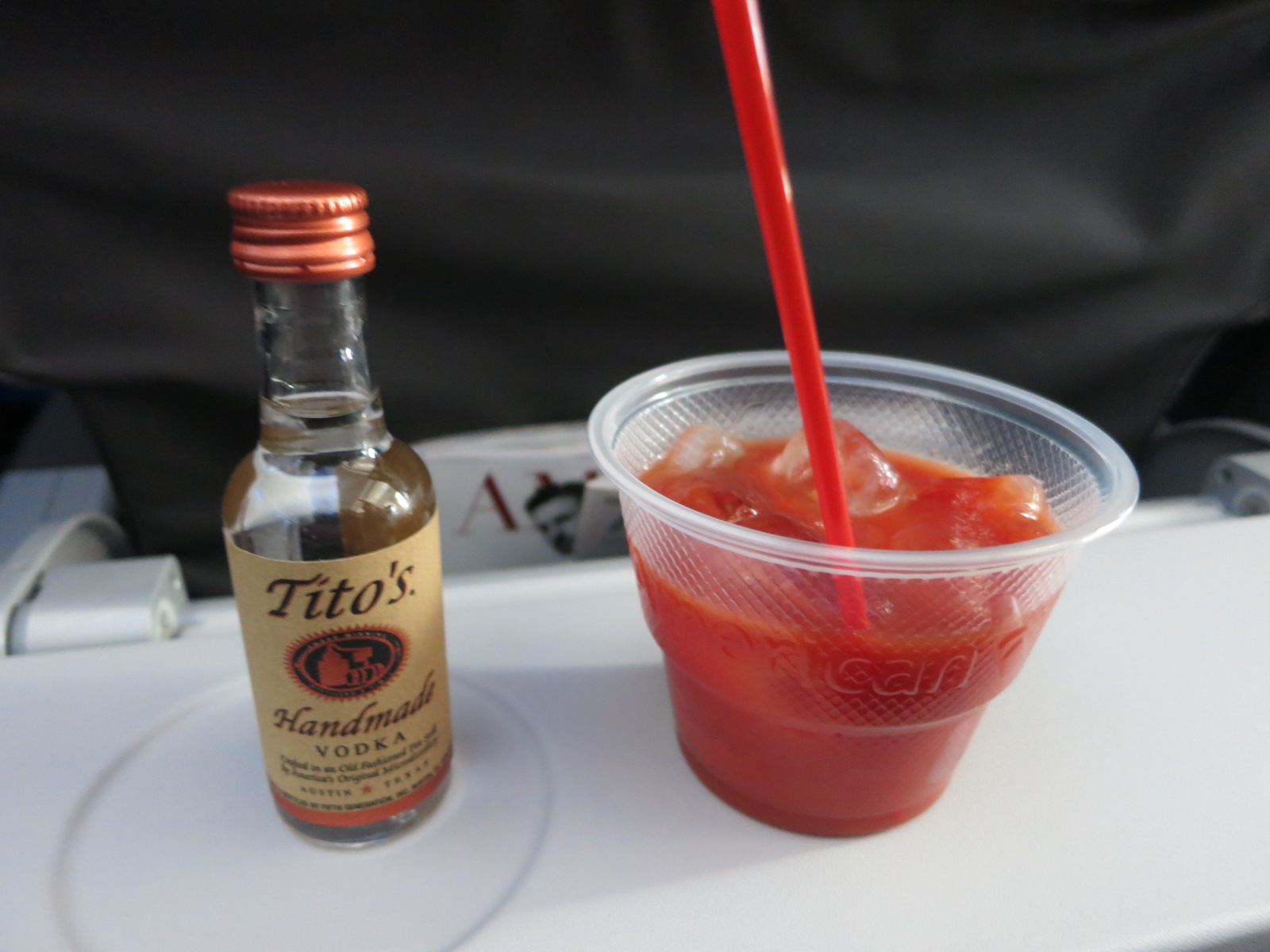
Instead of banning all cups, the FAA wrote § 121.577 around the things the airline can directly control—its own service equipment. Crew can reliably collect what they handed out; collecting every Starbucks cup on a 737 at pushback would be far more burdensome. I’m not saying these distinctions matter – maybe no drinks should be allowed at all (I don’t take this position) and maybe ones served by an airline should be kept by passengers (at least if served in plastic, with a lid). But there’s a reason that these drinks are treated differently.
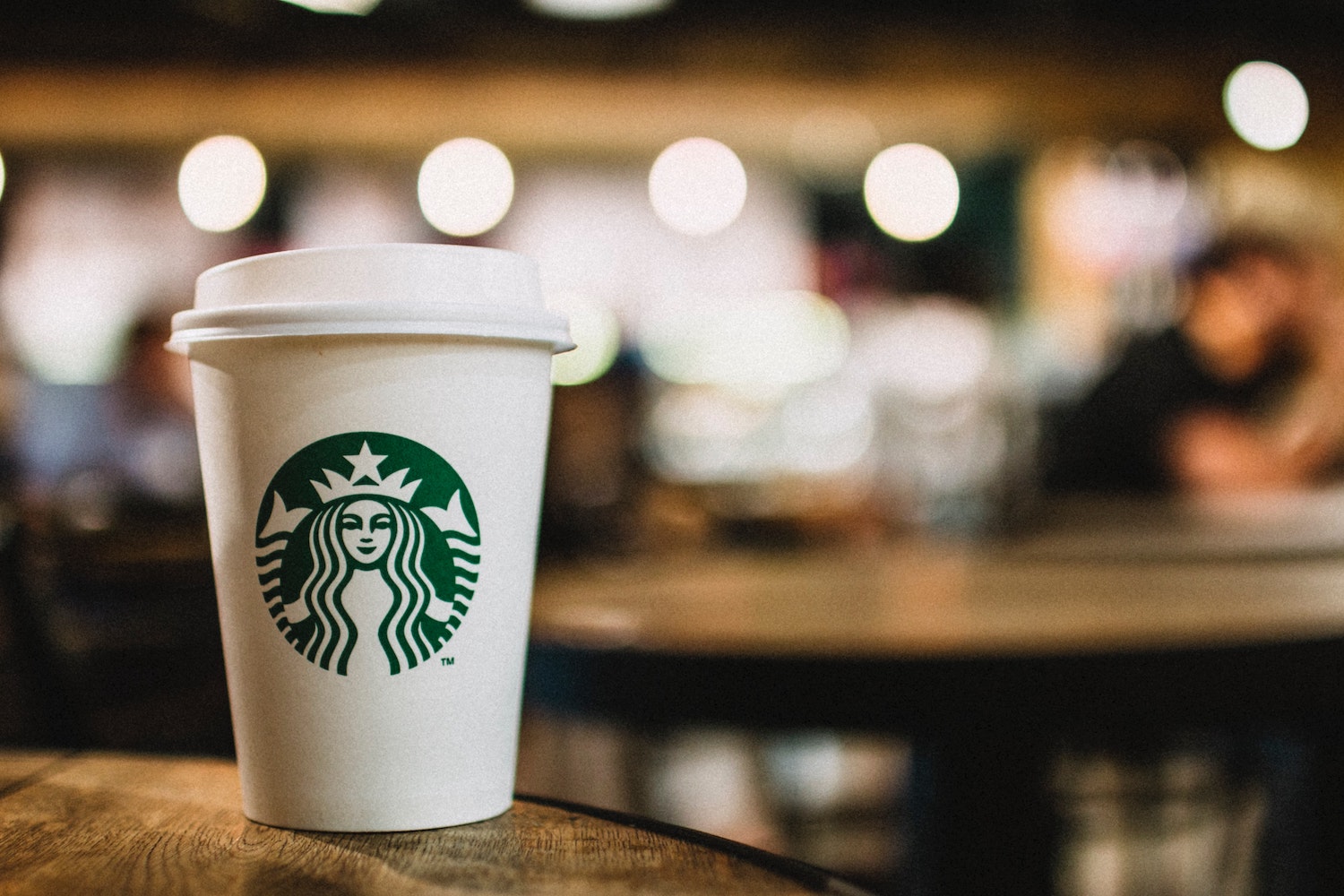
In 2017, several carriers recommended that the FAA amend § 121.577 (a) (“no airline-furnished food or drink at passenger seats for taxi / take-off / landing”) as “outdated, unnecessary or ineffective” in response to a Trump administration call for rules to eliminate, as part of an effort to rescind two rules for every new one promulgated.
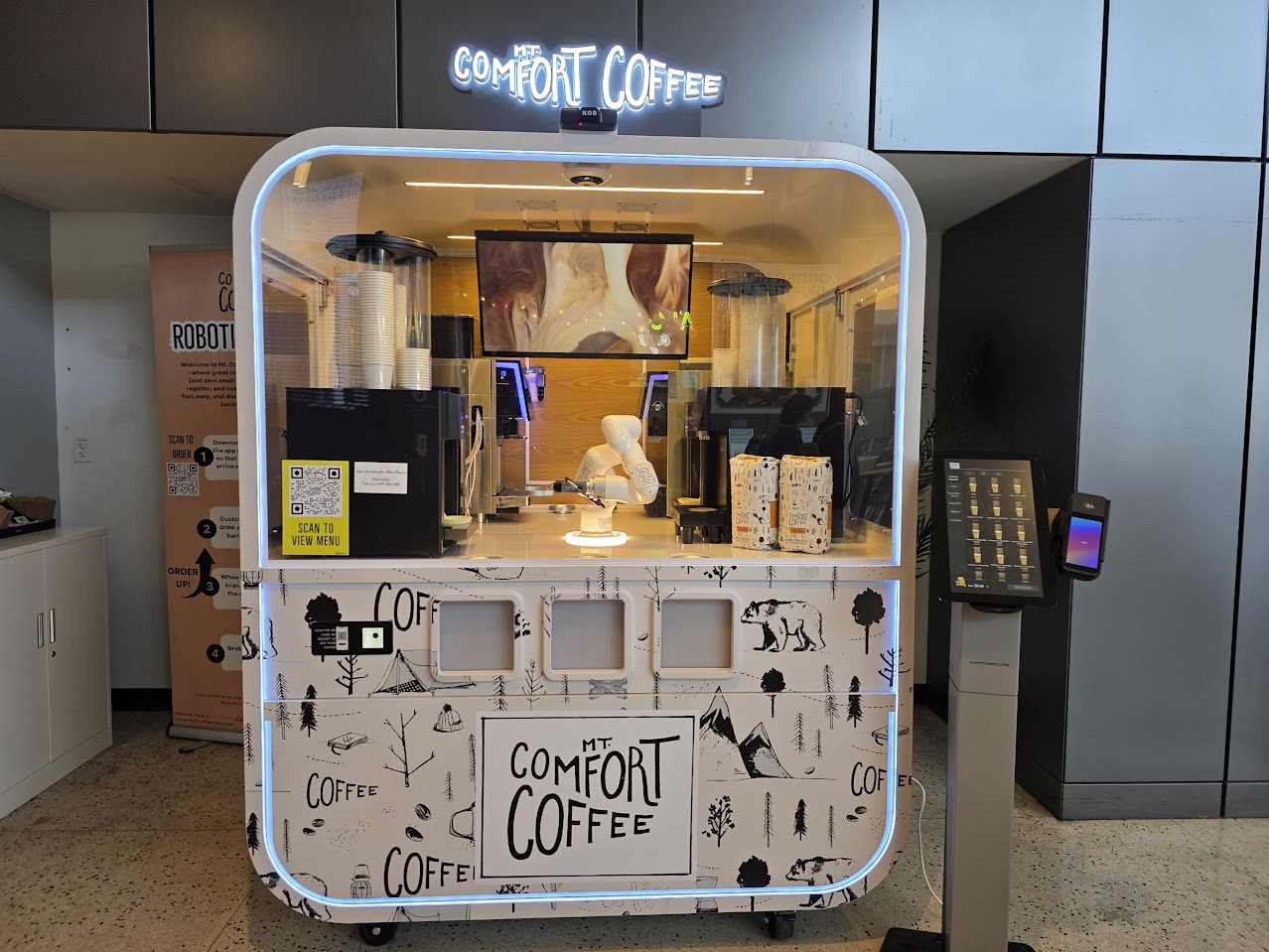
And in 2020, Airlines for America petitioned for an exemption from the rule arguing that modern lidded cups eliminate the spill hazard and that collecting them during long COVID-era ground delays hurt customer service. The FAA rejected the filing A4A made as incomolete and let the matter die.
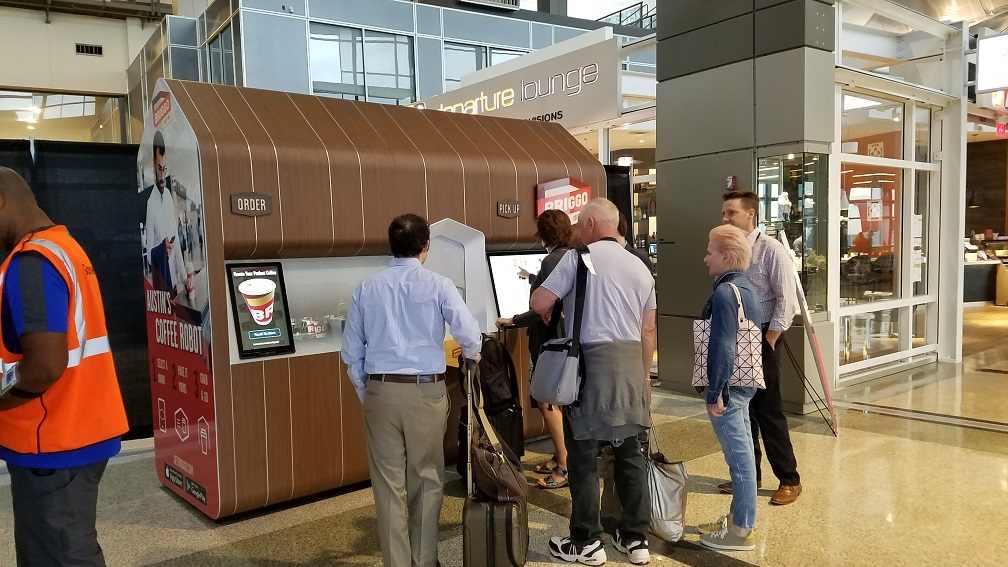
Weighing Carry-on Bags Isn’t Irrational, But It Makes Sense For U.S. Airlines Not To
If you travel in certain parts of the world it is common for airlines not just to restrict the number and size of carry-on bags, but also their weight – and even weigh passenger bags to ensure compliance. Various justifications for this exist,
- Regulations assume uniform carry-on weight, so heavier bags would throw off important calculations
- This is meant to prevent injury to flight attendants
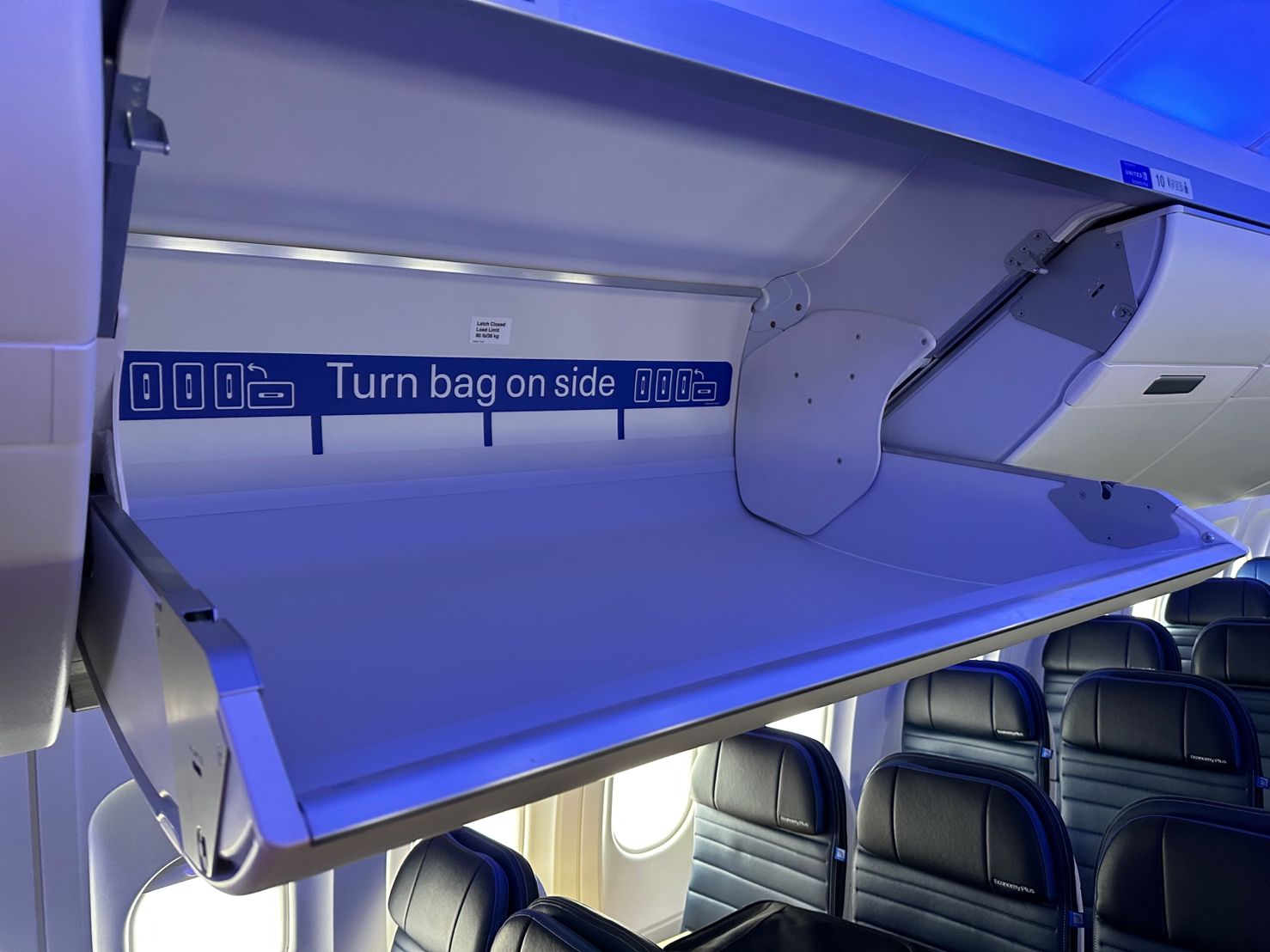
Yet on close inspection these don’t exactly hold up. If injuries were significant risk, and U.S. airlines and U.S. regulators simply ‘did not care’ about it, you’d expect unions to make a big issue of it during contract negotiations. They don’t. They see it as a non-issue. So what explains the difference?
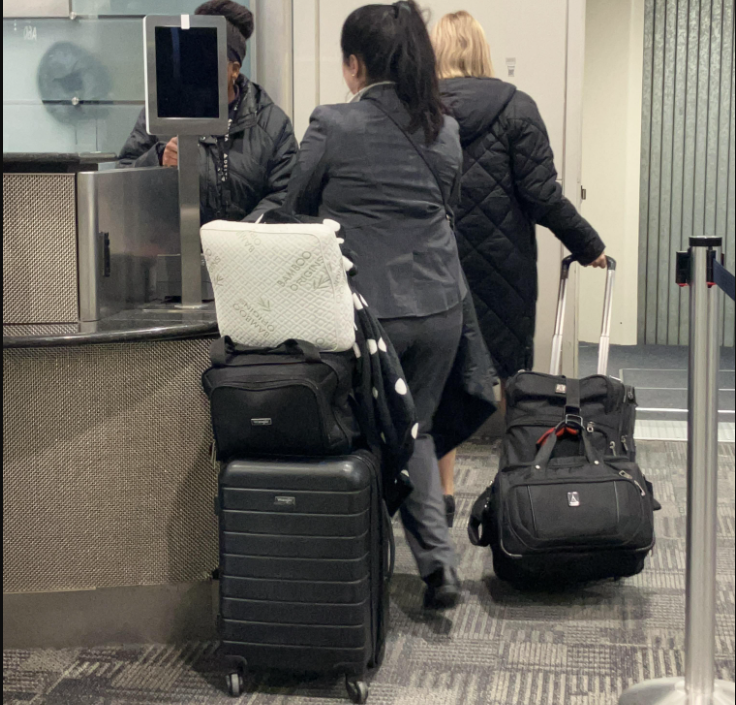
European law treats flight attendants differently – while in the U.S. flight attendants generally don’t help passengers stow their carry-ons, and that’s the protection against workplace injuries, a Spanish court actually ordered Iberia to start weighing bags because crew were injuring themselves closing heavy Airbus A350 bins (let’s not debate the logic of this).
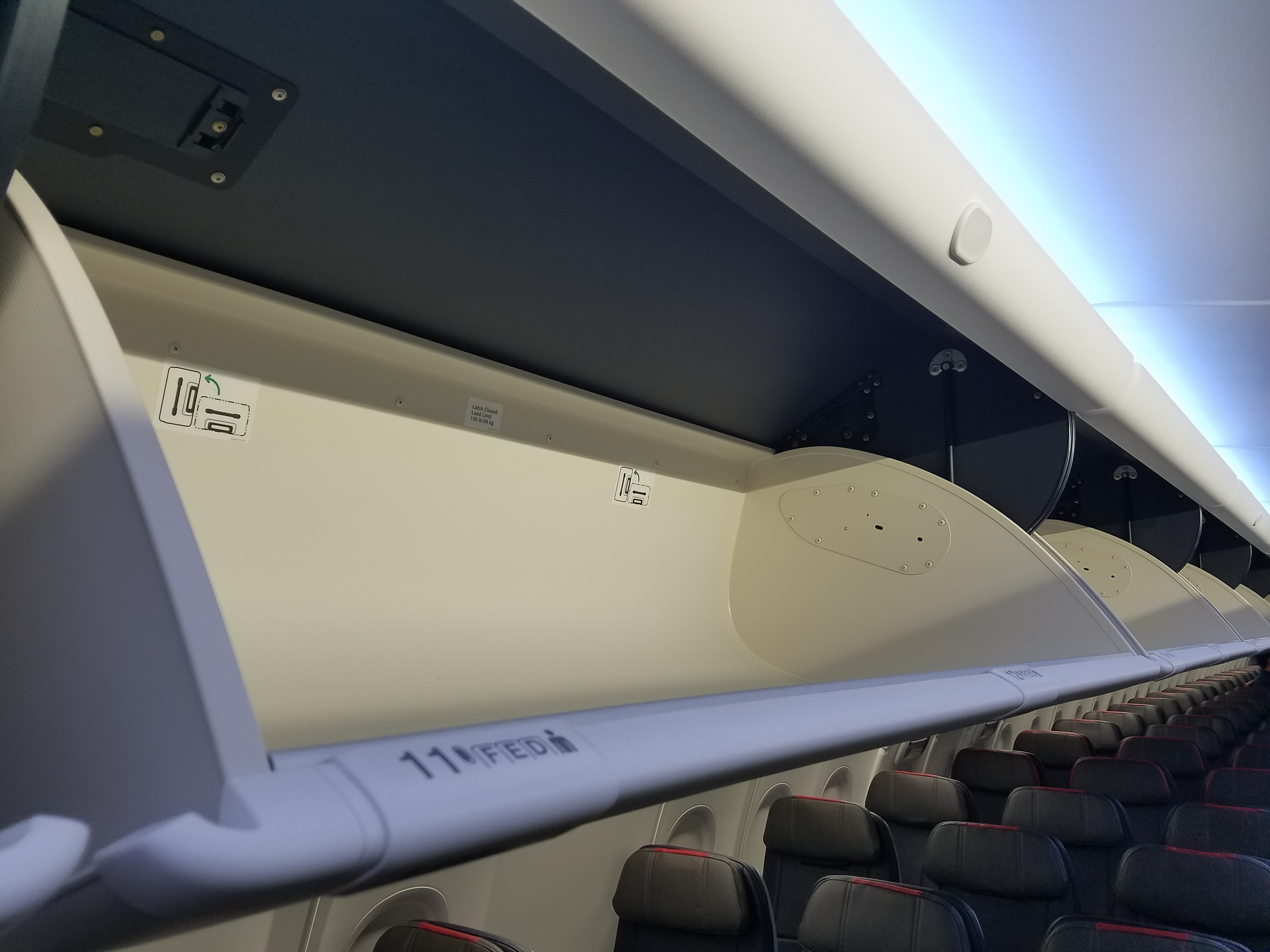
Low-cost European and Australian carriers run 25-minute turns on single-aisle jets. Carry-on weight limits mean more bags are checked rather than being brought into the cabin, reducing aircraft turn times.
Budget airlines make more off extras than the ticket. Charging for overweight cabin bags drives ancially revenue. That’s true in Europe but also Australia where Jetstar charges AUD$75 for going over 7 kg.
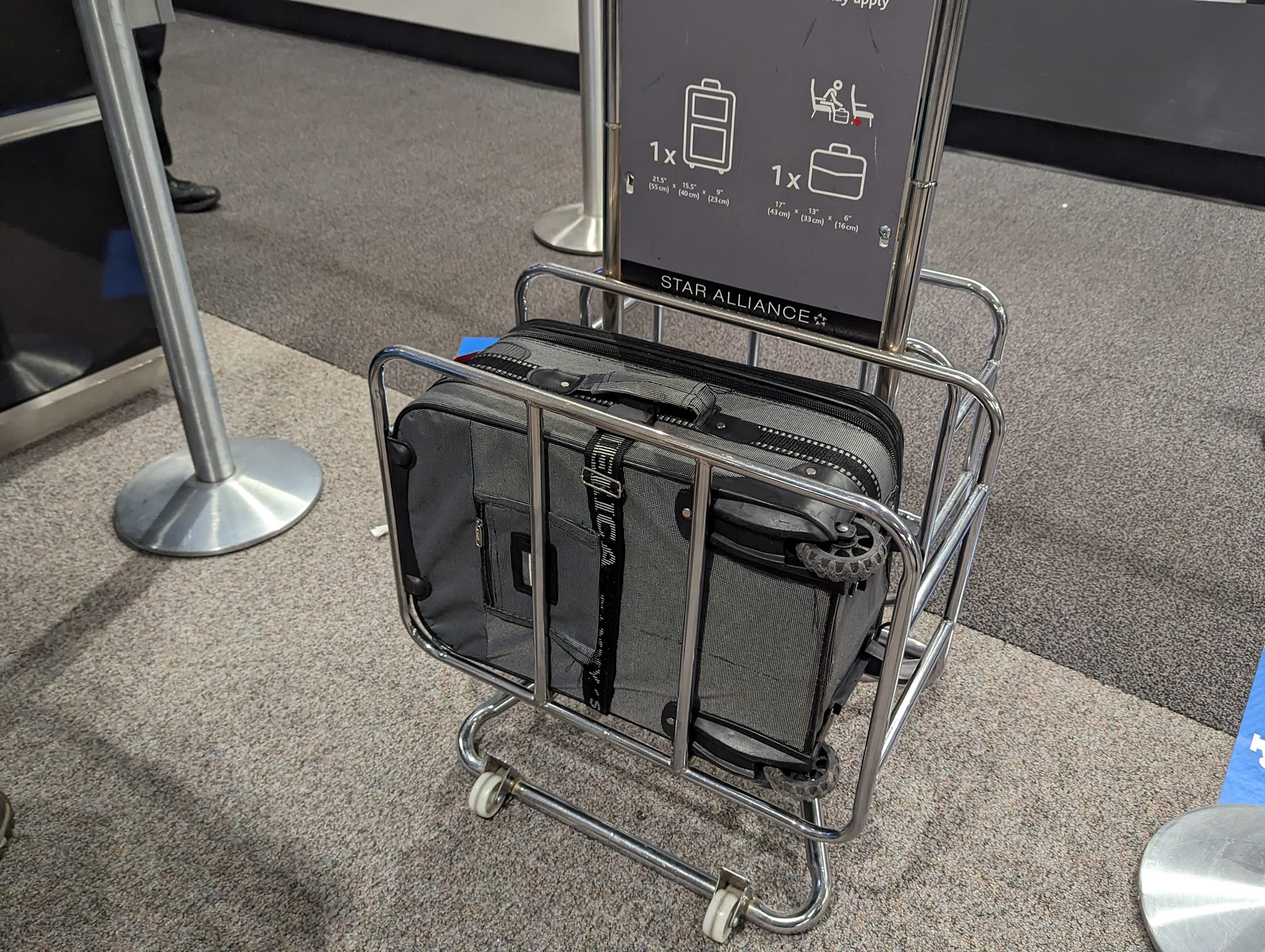
U.S. airlines were earlier with paid checked bags than major European airlines, and it would have been problematic both from a consumer perception standpoint and differentiation with ultra-low cost carriers who followed to make significant moves against cabin baggage. It also might have drawn scrutiny from Obama and Biden Departments of Transportation. However, United Airlines does ban full-sized checked bags on basic economy fares – they are closer to mimicing service of an ultra-low cost carrier than they’d often care to admit.
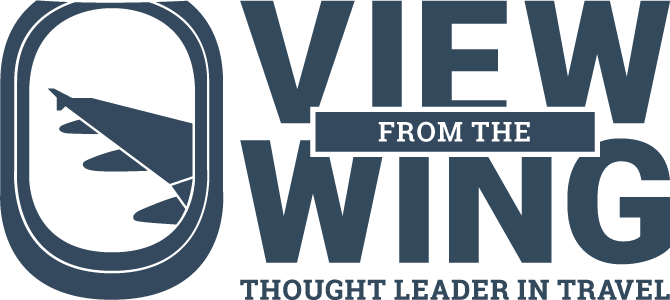

Danger of scalding? Please… The last time I bothered to bring coffee on board a plane, it was lukewarm by the time I got to my seat. And I was in MCE, not among last to board.
I take mainly early morning departure flights and need to take my coffee onboard with me.
I had to wait all the way for the end to see the dig at United, but I knew it would be there!
@FrequentWanderer if drawing a distinction between low cost carriers and legacy airlines, it is only fair and responsible to point out where that difference does not hold.
Red eye from LAS to BOS, no breakfast, no coffee, no snacks, dinner served at 11:30 pm LAS time! PS I was in first class.
Red eye from LAS to BOS, no breakfast, no coffee, no snacks, dinner served at 11:30 pm LAS time! PS I was in first class.
Banning carry on beverages in cups speeds boarding. You don’t have passengers trying to carry on all their stuff and put it in the overhead one handed while carrying and trying not to spill a drink.
Good measure!; some passengers are very sloppy!,
As someone who has suffered third-degree burns from a scalding hot coffee spill, I applaud this move.
This was a pretty long article, given the subject matter.
Probably why we have more lawyers per capita than any country in the world.
@HS — Less of a lawyer thing, more of a Gary thing, and that’s why we love VFTW… *wink*
I have never had this problem.
I’ve noticed wildly different attitudes towards collecting PDBs on different flights (usually around whether to collect pre-taxi or sometime later – I think the latter often wins out at airports with massive taxi times?).
One thing to wonder – what about if I take airline-served coffee and dump it in an otherwise-empty travel mug?
Obviously, just save that left over quart-sized glass bottle from a clear liquor. Bring that through security, empty, in your carry on bag. Buy your coffee and transfer to the glass bottle for boarding. It’s obviously not the alcohol so that’s OK. A glass bottle of any size is apparently OK. It’s spill proof with the cap on, and (bonus!) not really subject to pressure change pushing liquid out like with a plastic bottle.
I’ve never seen or heard of anyone getting a burn from a spilled coffee while boarding a flight, ever. If the idea is to get customers to their seats quicker then why not load from the back to front? Too simple maybe? No, better to fill from the front where you’re always held up by someone trying to fit their case into an overhead locker, & failing miserably.
The real reason? Coffee makes you want to go to the bathroom (a diuretic) and that is not always allowed/ available when you are in an airplane.
Third degree burn from hot coffee? Seems greatly exaggerated. Possibly first or at worst second degree. Unless it’s to be litigious.
Next the the planes will have pay toilets…
No Asian airline I have flown has had all of the flight attendants be seated when the fasten seatbelt signs come on unless there is severe turbulence (some cases with moderate turbulence.) The list includes EVA Airways, Asiana Airlines, Korean Air Lines, AirAsia, Thai Airways, Singapore Airlines and China Airlines.
It’s not just about injury, but also OTP. Spills can delay departure while FAs work their way through the boarding passengers to respond. Sitting through a long flight with some else’s drink all over you is never fun either.
There’s absolutely no good reason to allow spillable carry-on drinks, ever.
Finally someone put this big pile of crap together in one article. Thank you, Gary.
It’s all crap. I could dissect it piece by piece but you already know.
Drinks served by FAs are no different than those you’ve brought on board. The FARS should cover them similarly based on them BEING DRINKS not WHO poured them OR WHEN or WHEN they must be put away.
Alcohol? No alcohol? 50ml minis that you can “Irish up your coffee with”… not covered.
This is all a ton of horseshit, and like any kind of shit, it smells like shit.
Good Job, Cathay.
So many carriers, especially US based ones, just keep the seat belt sign on for almost all the voyage. From time to time passengers get up to go to the toilet – this is ignored by staff – so really the seat belt sign means very little – it certainly does not mean “there is turbulence, you MUST sit on your seat”.
Unenforced regulations encourage disorder.
One time I flew (regional plane) between LAX and SFO and as I was slamming my super heavy carry-on luggage into the overhead, I saw a half full Starbucks coffee cup (!) inside the overhead in upright position.
If I hadn’t noticed, I would have made a mess inside the overhead, gotten my carry-on luggage dirty, and possibly created a messy situation for the passengers below the overhead.
Some passengers are pigs (sorry if this insults pigs).
I carry an empty vacuum insulated drink thingy. I toss whatever drink I want to keep warm, or cold in there and it goes in my personal item while walking on the plane. is it smuggling coffee onto the plane? guess it’s your move airlines.